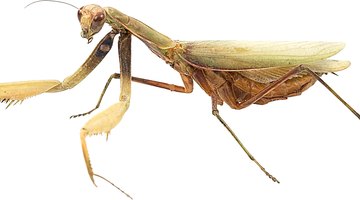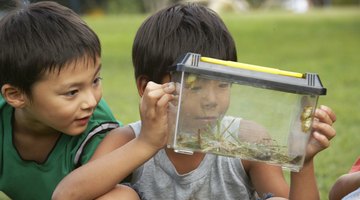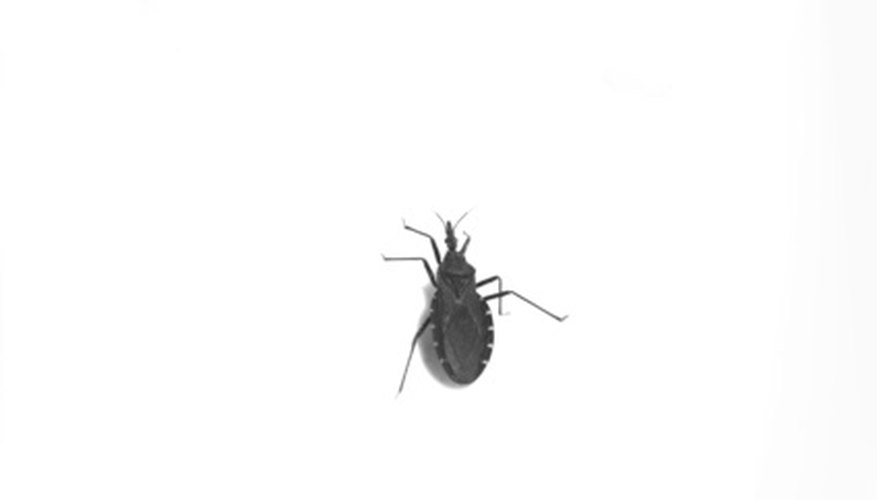While there are many bugs that make themselves comfortable in people's homes, the majority of them do not bite. They may eat holes in items such a clothes, paper, books or wood. They may cause harm by eating or contaminating food, but only the few bugs that bite cause direct harm. Most bites made by household bugs are itchy or painful but do not spread disease as some outside bugs do.
Conenose

These large dark brown bloodsucking bugs are parasites that require a blood meal prior to laying eggs. They are between 2-2.5cms (three-quarters of an inch to an inch in length), have wings and are able to fly. They feed from any warm-blooded animal and will often feed from raccoons, possums and rats while laying in their nests. Conenoses are nocturnal, and their bite is not usually painful but will itch and may cause a reaction. In areas south of the United States, these insects are sources of Chagas disease, which is caused by protozoa that enter the insect and are transmitted during the bite.
- These large dark brown bloodsucking bugs are parasites that require a blood meal prior to laying eggs.
- In areas south of the United States, these insects are sources of Chagas disease, which is caused by protozoa that enter the insect and are transmitted during the bite.
Masked Hunter

This large brown bug, also known as Reduvius personatus, is helpful because it kills and eats bugs such as flies, caterpillars and bed bugs. However, it will inflict a very painful bite on a person if she handles the insect the wrong way. People with sensitivities may develop swelling, itching or welts in reaction to a bite from this nearly inch-long insect.
Flea

These tiny insects hitch a ride on a pet or person into a home and proceed to feed on the blood of the people and animals that live there by jumping from host to host. Fleas range in colour from reddish brown to black and are around 30mm (1/8 inch long). After about 30 to 40 days of feeding from a host, the female lays her eggs on the host, which usually fall into bedding and carpet. Flea bites are small, but itchy, and can cause contact dermatitis in sensitive people, leading to rashes, scaling, itching and possible infection. Sometimes pets will swallow a flea infected with tapeworm larvae and become infected.
- These tiny insects hitch a ride on a pet or person into a home and proceed to feed on the blood of the people and animals that live there by jumping from host to host.
- After about 30 to 40 days of feeding from a host, the female lays her eggs on the host, which usually fall into bedding and carpet.
Bedbug

These oval bugs hide in bedroom furniture crevasses and on mattresses during the day until night, when they come out of hiding and feed on the blood of sleeping humans and animals. Bedbugs are about 60mm (one-quarter inch) long and they range from light tan to dark brown in colour. Their bite is not painful, but it does itch. Prolonged exposure worsens the reaction to the bites and can cause intense allergic reactions. The resulting scratching can cause secondary infections. Bedbugs do not spread disease.
- These oval bugs hide in bedroom furniture crevasses and on mattresses during the day until night, when they come out of hiding and feed on the blood of sleeping humans and animals.
